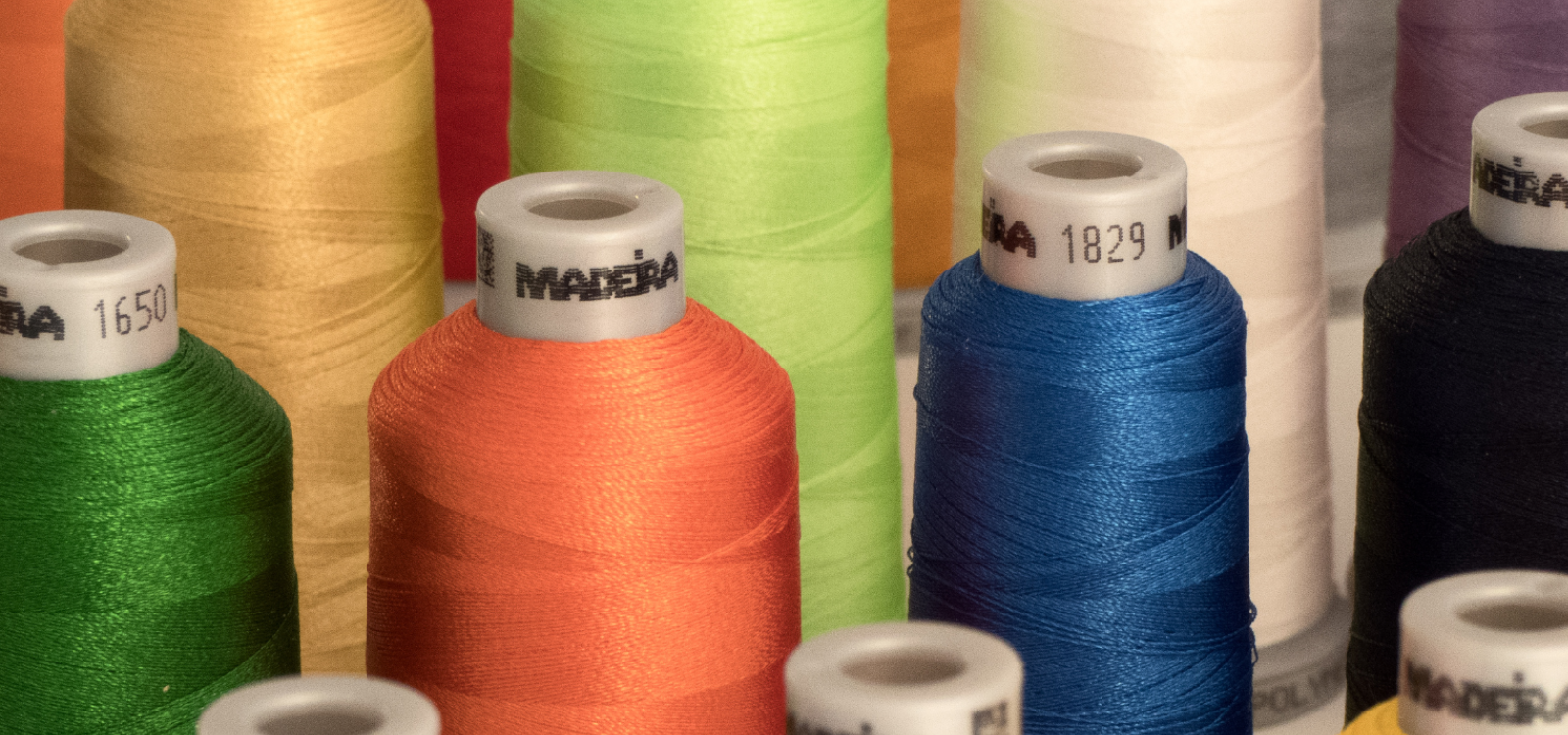Fashion brands are increasingly relocating their manufacturing operations from Asia to North Africa and regions closer to their primary markets. The Mediterranean region, including Egypt, Tunisia, and Morocco, now drives over 8% of European procurement, showcasing the powerful impact of nearshoring strategies¹. Meanwhile, in North America, more than 90% of companies have adjusted their supply chains to mitigate risks², with Mexico emerging as a key nearshoring hub. According to BCG research³, executives are willing to sacrifice more than 2% of their gross margins to secure reliable labor, shorter lead times, and stronger logistics infrastructure. This shift, driven by logistical advantages, sustainability concerns, and evolving consumer preferences, is reshaping the global fashion supply chain landscape.
3 convincing arguments for nearshoring

The proximity advantage: faster time to market and lower cost
Countries like Egypt, Tunisia, Morocco, Turkey, and even parts of Eastern Europe are emerging as key nearshoring destinations for fashion brands. These regions offer significant geographical advantages and better access to raw material compared to traditional manufacturing hubs in Asia. The closer proximity to Europe, for example, enables brands to benefit from shorter lead times, allowing them to quickly respond to shifting consumer demands while minimizing the risk of holding obsolete stock and outdated collections. Additionally, sourcing raw materials like cotton and leather becomes more reliable, as brands face fewer dependencies on long, complex transportation networks, reducing intermediaries and simplifying inventory management.
Shorter transit times further enhance inventory management by reducing the need for large stockpiles. The increased use of road freight, as opposed to large container shipments, allows for more flexible optimization, whether partial or full loads. This agility enables companies to maintain leaner, more responsive supply chains—critical in the fast-paced fashion industry, where trends shift rapidly and adaptability is key.

ESG: meeting the growing demand for eco-friendly and ethical fashion
Today’s consumers are more environmentally conscious than ever, with nearly every second person considering environmental responsibility to be of significant importance when making purchasing decisions. This shift in consumer preferences is pushing fashion brands to adopt more sustainable practices.
By relocating production to regions closer to their primary markets, companies can reduce their carbon footprint. Shorter shipping distances mean lower emissions, and sourcing materials locally further minimizes environmental impact. For instance, brands nearshoring to Turkey or Morocco can leverage regional resources, thereby reducing their reliance on long, environmentally taxing supply chains.

Global trends shaping the Fashion Industry
The fashion industry is not immune to the broader geopolitical and economic trends affecting global markets. Increasing geopolitical tensions, high market volatility, and changing customer requirements are prompting brands to rethink their sourcing strategies. The COVID-19 pandemic highlighted the vulnerabilities of relying on distant suppliers, especially in Asia, where lockdowns and shipping disruptions severely impacted the supply chain.
More recently, geopolitical instability in the Red Sea region has caused significant increases in lead times, with shipments from China to Europe facing delays of an additional 10 to 20 days. As a result, some carriers are now bypassing the Suez Canal in favor of the longer route around the Cape of Good Hope, at the southern tip of Africa.
In response, many brands are adopting a “de-risking” strategy, diversifying their production across multiple regions to reduce dependency on any single source. Nearshoring to North Africa, Turkey, and Eastern Europe is a key component of this strategy, offering a balance of cost-efficiency, supply chain resilience, and speed to market.
Nearshoring – No one-size-fits-all approach
Brands that thrive on rapidly bringing new trends to market, such as a Zara and H&M, are at the forefront of the nearshoring trend. By moving production closer to their target markets, these brands can significantly reduce lead times, allowing them to quickly adapt to changing consumer preferences. For instance, Asos has increased sourcing from Turkey and Morocco, particularly for their trend-led, seasonal lines. This shift helps them avoid the longer lead times and inflated costs associated with shipping from Asia.
For brands focusing on providing affordable everyday wear, like GAP and C&A, the primary goal is to mitigate risks associated with trade policies and supply chain disruptions. By diversifying their sourcing regions to include North Africa and other nearby areas, these brands can ensure continuity in production without compromising on cost. For example, Decathlon recently reversed its trend of relying on Asian suppliers, returning to Moroccan and Tunisian manufacturers to meet environmental and logistical demands.
High-end brands that prioritize quality and craftsmanship, such as Michael Kors and Coach, often nearshore to regions like Portugal or Italy, where there is a strong tradition of craftsmanship. This strategy allows them to maintain their brand prestige while also benefiting from the efficiencies of closer production. A prime example is Veja, which has moved production of its bestselling styles to Portugal to serve the European market more efficiently while ensuring the highest standards of quality.
4 steps to help decide if nearshoring is right for you
Nearshoring is not merely a passing trend but a strategic imperative in today’s rapidly evolving market. Nearshoring is designed to help fashion brands navigate the complexities of relocating production closer to their primary markets. There are four phases to the decision-making process that you need to tailor to your brand’s unique needs, ensuring a smooth and successful transition.
-
1. Supply Chain Assessment
Start by thoroughly analysing your current supply chain, pinpointing potential risks and areas for improvement. Conduct your analysis at the category level, considering your product catalogue and the diverse array of suppliers and countries involved in sourcing raw materials. This detailed examination helps determine whether nearshoring is a strategic fit for your company, particularly in optimizing lead times, enhancing supply chain resilience, and improving inventory management.
-
2. Nearshoring evaluation
If a long-term shift to nearshoring is deemed beneficial, evaluate how this strategy can address both the risks and opportunities within your supply chain. Use your insights into sourcing markets to help you to optimize your indirect spend while emphasizing nearshoring to improve lead times, enhance supply chain agility, and reduce costs.
-
3. Scenarios exploration
Explore various nearshoring options and alternative supply chains to ensure the best fit for your brand. Ensure you analyze different regions, such as North Africa, Turkey, and Eastern Europe, to determine where specific production processes can be most efficiently relocated, while maintaining high standards of quality and sustainability. For instance, a major German casual wear brand we worked with explored intensifying nearshoring in Turkey and North Africa as part of a broader strategy to reduce dependency on Asian suppliers, we helped with a comprehensive risk analysis and scenario planning.
-
4. Implementation roadmap
Create a detailed roadmap, with quantifiable KPIs to measure progress. Ensure that your transition to nearshoring is not only strategic but also measurable and sustainable. For instance, a leading European sports equipment manufacturer considered relocating the production of their specialty footwear back to Europe, and needed to ensure the transition met the company’s high standards for quality control and faster response times.
Meet our experts



